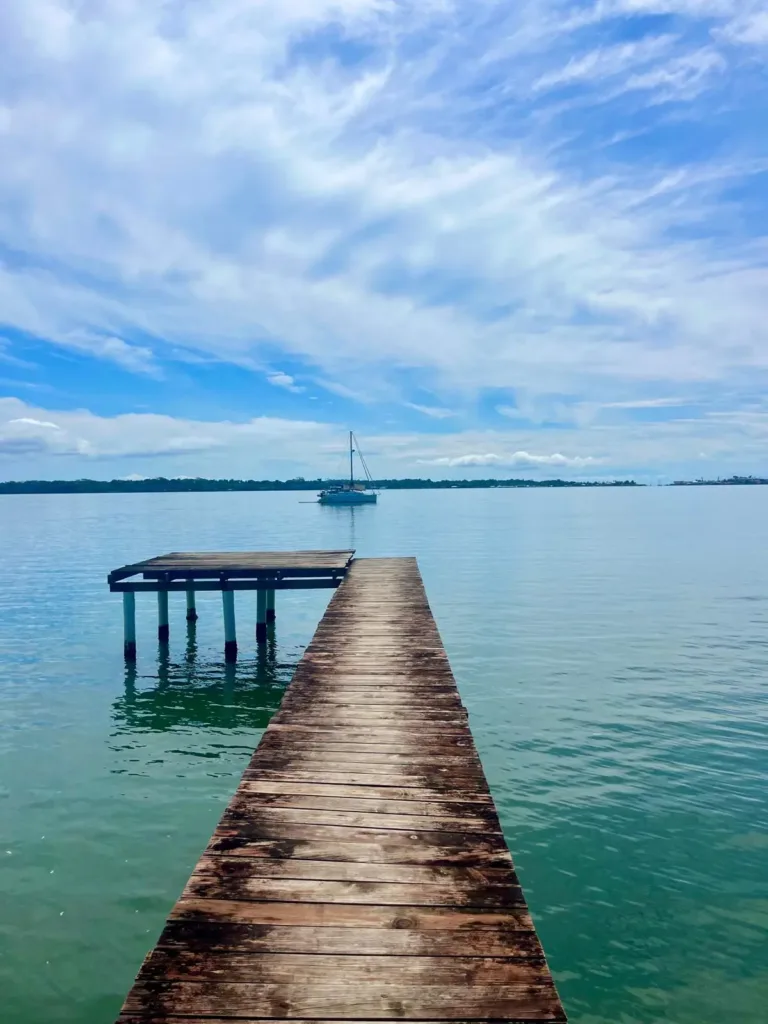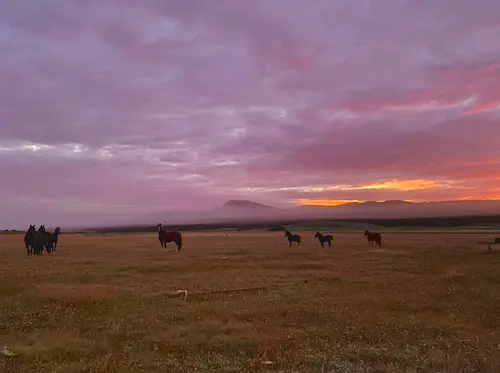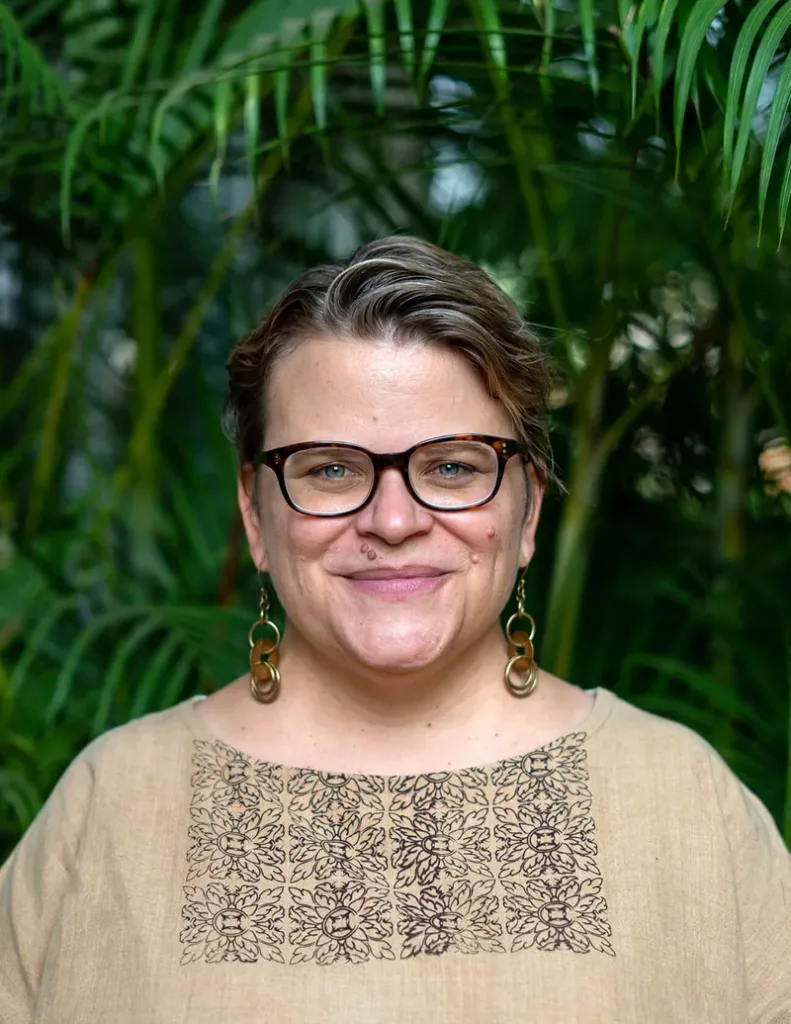
By: Lisa Arensen, PhD
Not Your Typical Field Station
A 10-minute drive north will have you standing in front of the famous Angkor Wat.
A 10-minute drive south will put you in the heart of it all. Tuk tuks (local motor-biked powered chariots), bikes, motorcyclists, food carts swirl around you at a dizzying pace. The streets are packed with bars, boutiques, book stores, pharmacies, cafes. There is a wide and impressive selection dining options that include many Indian, Thai, Italian, and Mexican restaurants. There is a local goods market on the weekends which is complimented nicely by a farmers market every Sunday morning. Cafes serve wonderful Sunday brunches and show Cambodian themed movies every Monday night. There are shopping malls where you can buy all of the western comforts that you would crave while abroad and there are local markets that sell roasted insects, squid, and local sugar candy. There are local language classes, cooking classes, yoga sessions, and even quiz nights to be stumbled upon. This is not your typical field station.
Coming from the SFS Center in Tanzania where I was the Student Affairs Manager for a year and a half, I was beyond excited to see the amazing opportunities that this field station had to offer. We’re not tucked away in a remote village – we are right in the heart of Siem Reap – a city that is rapidly growing and changing right in front of our eyes. It’s unlike any city I’ve ever lived in before and I am excited to get to know it even better over the next semester!
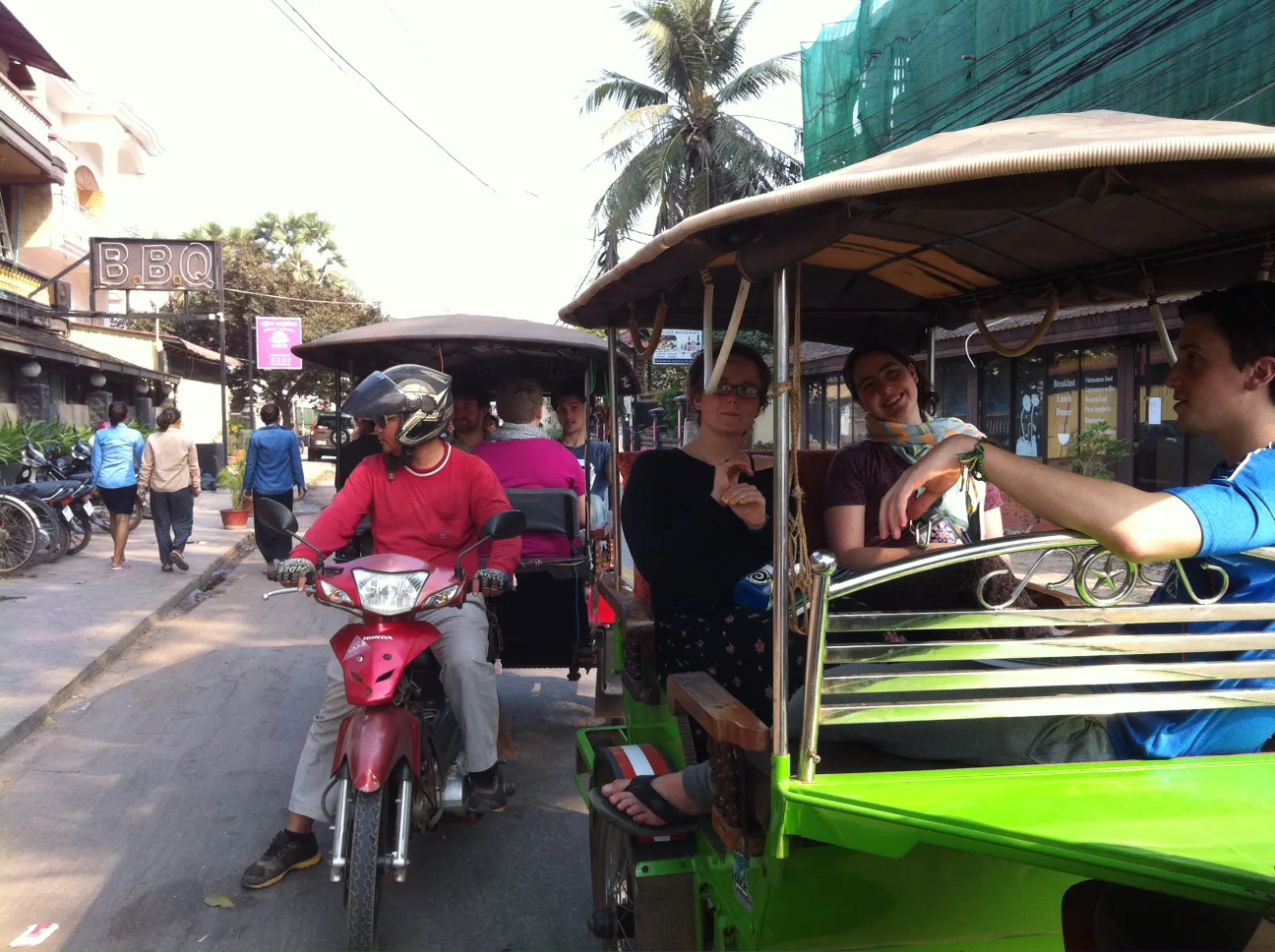
Related Posts
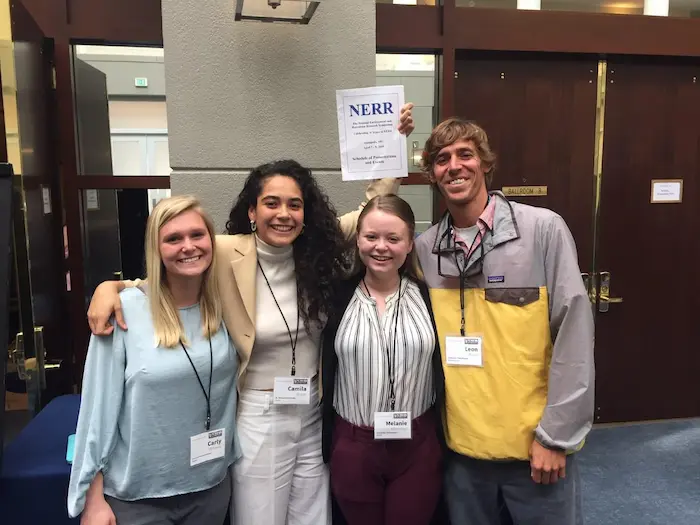
Camila Rojas: Alumni Spotlight⭐
